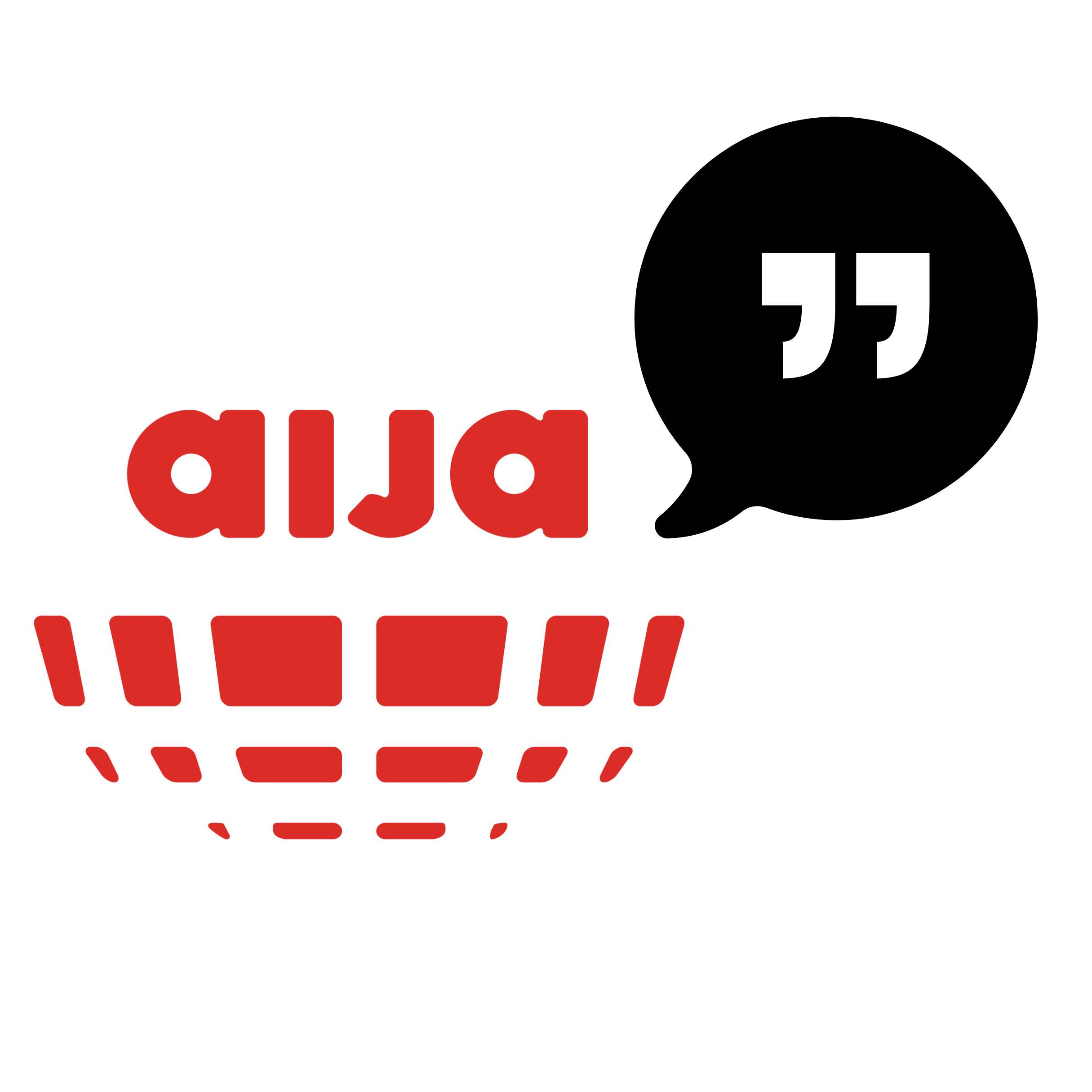Introduction
The Turkish Competition Authority (“TCA”) initially released the long-anticipated Draft Guidelines on Competition Violations in Labor Markets (“Draft Guidelines”) for public consultation on September 16, 2024. Following this process, the final version of the Guidelines on Competition Violations in Labor Markets (“Guidelines[1]”) was officially published on the Authority’s website on December 3, 2024, Türkiye has become one of the jurisdictions to enact dedicated secondary legislation addressing competition law issues specifically within labour markets.
- Notable Changes in the Guidelines
In terms of the phenomenon of ‘competitor’ in the Draft Guidelines, undertakings could be considered as competitors in the labour market if they had a similar demand structure in terms of employment (Draft Guidelines, paragraph 13). However, it was not clarified how this similar demand structure would be demonstrated and how substitutability and competitive pressure would be ensured, which led to various questions in practice.
In the paragraph 13 of the Guidelines resolves this ambiguity and explicitly states that “undertakings competing in the labour market shall be deemed to be competitors irrespective of their activities in the output market”. Thus, the competitiveness of undertakings in the labour market has been addressed in a broader framework compared to the Draft Guidelines and the requirement of having a similar demand structure has been eliminated.
In line with this approach, it can be said that the Guidelines put an end to the debates regarding the competitiveness in the labour market.
- Information Exchange
Paragraph 24 of the Draft Guidelines stated that the exchange of any kind of information related to working conditions, such as employee salaries, salary increase rates, working hours, and fringe benefits, could have the object or effect of restricting competition among undertakings operating in the labour market. This evaluation was based on the classification of such data as competition-sensitive information.
However, with the adoption of the final version of the Guidelines, a significant shift in the legal framework has occurred. The “similar demand structure” criterion found in paragraph 13 of the Draft Guidelines has been omitted from the final version. As a result, the scope of information exchange subject to scrutiny has broadened. In paragraph 24 of the final Guidelines, the language has been revised to refer more broadly to “competition-sensitive information capable of producing such an effect in the labour market,” no longer limiting the prohibition to undertakings with similar demand structures.
In addition, a new provision, absent from the Draft Guidelines but included in paragraph 28 of the final Guidelines, introduces cumulative conditions under which the exchange of information shall not be deemed to have a restrictive effect on competition. This provision plays a significant guiding role in determining the boundaries of lawful information exchange and, in this regard, constitutes a noteworthy improvement in terms of legal certainty and predictability.
- Ancillary Restraints Regime
Both Draft Guidelines and Guidelines clearly state that restrictions exceeding the nature of ancillary restraints shall be assessed under Article 4 of the Law No. 4054 on the Protection of Competition. However, the Guidelines adopt a more explicit and definitive stance compared to the Draft. It is emphasized that no-poaching agreements and wage-fixing arrangements, when they go beyond the scope of ancillary restraints, will be considered as infringements by object.
It is seen that; this approach is both appropriate and aligned with European Commission practice. Indeed, the European Commission’s policy brief[2] on labour markets dated 2 May 2024 also states that no-poaching and wage-fixing agreements constitute restriction by object. However, unlike the Guidelines, the Commission’s document also underlines that the likelihood of such restrictions being treated as ancillary restraints is very low.
Therefore, the explicit and unambiguous approach adopted in the final Guidelines provides legal certainty for practitioners and represents a significant step in terms of harmonization with EU competition law practice.
- Forms of the Anti-Competitive Conducts in Guidelines
Article 4 of the Law prohibits all agreements and practices that prevent, distort, or restrict competition within a given market for goods or services. Within this context, the Guidelines identify several forms of anticompetitive agreements and conduct that are particularly relevant to labour markets under the scope of Article 4.
No-Poaching Agreements: No-poaching agreements are, arrangements—varying in form and scope—established between undertakings that compete in the labour market, whereby they agree not to hire each other’s employees. For instance, such an agreement may stipulate that the undertakings will refrain from employing only the current employees of their competitors, considered as cartels and a violation of Article 4 of the Law.
Wage-Fixing Agreements: Agreements or concerted practices between undertakings, along with the decisions and practices of associations of undertakings, that aim to fix or result in the fixing of employees’ wages and other employment conditions, are deemed as cartels and a violation of Article 4 of the Law. Examples of such working conditions include but are not limited to workplace location and timing, working hours, annual leave entitlements, wage supplements, break periods, and social benefits such as marriage and maternity leave, private health insurance, and individual pension systems.
- Exchange of Information
The exchange of competitively sensitive information related to wages and working conditions has the potential to facilitate anticompetitive coordination and is therefore subject to scrutiny under the Guidelines. Such information includes data on wages or other employment terms that may significantly affect employees’ job preferences or overall labour mobility. Unlike the Draft version, the final Guidelines establish a more structured framework by setting out five cumulative conditions under which the exchange of information is not presumed to have anticompetitive effects: (i) the exchange must be conducted by an independent third party; (ii) it must not be possible to identify either the source of the data or its individual content; (iii) the information shared must be at least three months old; (iv) the dataset must include data from no fewer than ten participants; and (v) no single participant’s data should represent more than 25% of the entire dataset.
- Ancillary Restraints
The Guidelines outline specific criteria for determining whether certain restraints can be considered ancillary to a main agreement and therefore exempt from the application of Article 4. These criteria are based on the principles of direct relation, necessity, and proportionality. A direct relation implies that the restraint is an integral and indispensable part of the main agreement, inherently linked to its objective; in the absence of the main agreement, such a restraint would not exist. The restraint must support or facilitate the primary purpose of the main agreement and contribute directly to its implementation. Necessity refers to the requirement that the restraint must be essential for the execution or maintenance of the main agreement. If the agreement could still be performed—albeit with greater difficulty or reduced profitability—without the restraint, it would not qualify as necessary. Proportionality, in turn, requires that the same objective could not be achieved by a less competition-restrictive means. Additionally, the scope of the restraint must be limited in terms of its objective, geographic coverage, duration, and the parties involved, ensuring that it does not exceed what is strictly required to achieve the purpose of the main agreement.
Conclusion
The Guidelines establish a clear framework for identifying and addressing competition concerns within labour markets. By reinforcing the need for a competitive environment in the hiring and employment landscape, they highlight the risks posed by restrictive practices such as wage-fixing and no-poaching agreements. Additionally, they delineate the circumstances under which information exchange and ancillary restraints may be considered lawful, ensuring that such conduct does not undermine market competition. It is essential for undertakings to review and align their practices with these standards to maintain compliance and promote fair labour market dynamics.
[1] https://www.rekabet.gov.tr/Dosya/is-gucu-piyasalarindaki-rekabet-ihlallerine-yonelik-kilavuz-ingilizce-20241203142507066.pdf (Accessed, 17.04.2025.
[2] https://competition-policy.ec.europa.eu/document/download/adb27d8b-3dd8-4202-958d-198cf0740ce3_en Competition Policy Brief, European Commission (Accessed, 17.04.2025)






Leave a Reply